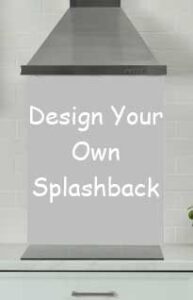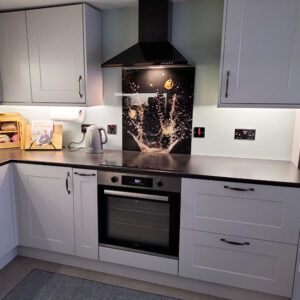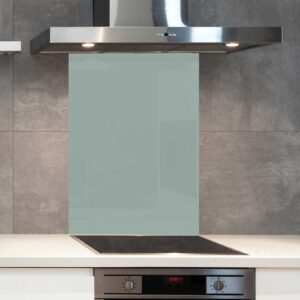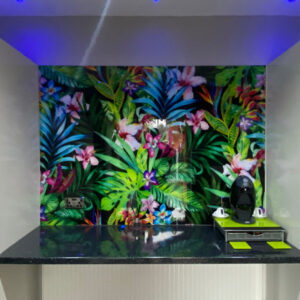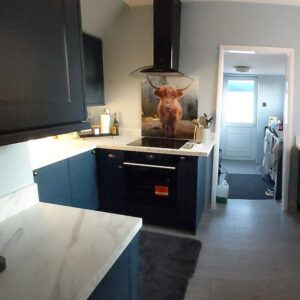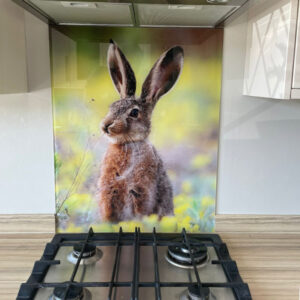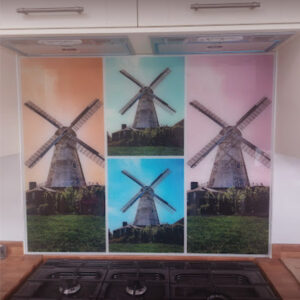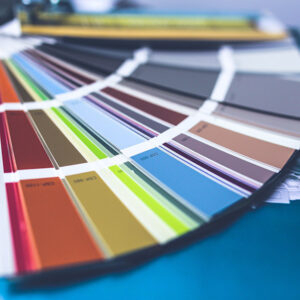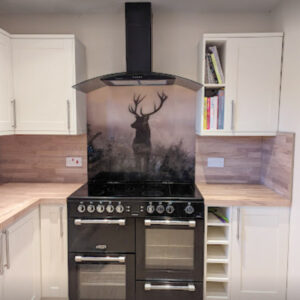The History and Evolution of Kitchen Splashbacks
The History and Evolution of Kitchen Splashbacks
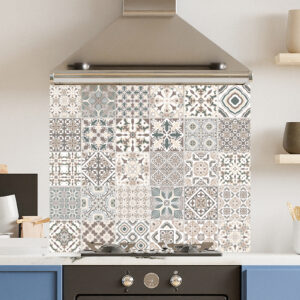
Kitchen splashbacks have long been an essential part of our cooking spaces. More than just a functional piece, they’ve evolved over time to be significant design elements, reflecting the aesthetic and cultural shifts of the eras they belong to.
Origins
The origins of the splashback trace back to a time when kitchens were solely utilitarian spaces. Simple tiles or stone backs were used to prevent water and other spills from damaging walls. Their primary purpose was protection, with aesthetics being a secondary consideration. However, as homes began to evolve and the kitchen started playing a more central role in family life, so did the design and material choices for splashbacks.
Transformation Over Time
Fast forward to the 20th century, and the invention of modern materials brought about a wave of change. Stainless steel became the material of choice in industrial kitchens due to its robustness and ease of cleaning. Meanwhile, in homes, the choices varied from ceramic tiles, often adorned with patterns or designs, to the sleeker look of glass or acrylic.
By the turn of the millennium, with open-plan living becoming increasingly popular, the kitchen’s aesthetic became even more vital. Splashbacks, then, started to be seen not just as functional additions but also as design statements.
Recent Innovations
Today, technology has amplified the possibilities. With advanced printing techniques, homeowners can now personalise their splashbacks to match their unique tastes. From vibrant colours, detailed patterns, to high-resolution images – the options are limitless. Furthermore, sustainability and eco-friendly materials have also begun influencing splashback choices, aligning with a global push towards environmentally conscious living.
Conclusion
The humble splashback, which began as a protective barrier, has now transformed into a canvas of personal expression and design innovation. As we look forward, it’s exciting to think about the next wave of evolution for this integral kitchen component.
Glossary
- Utilitarian: Designed to be useful or practical rather than attractive.
- Aesthetic: Concerned with beauty or the appreciation of beauty.
- Acrylic: A type of plastic that’s known for its transparency and often used as a lightweight or shatter-resistant alternative to glass.
- Open-plan living: An architectural and interior design concept where traditional room divisions are minimal, often resulting in a large space that combines living, dining, and kitchen areas.
- Eco-friendly: Not harmful to the environment.




